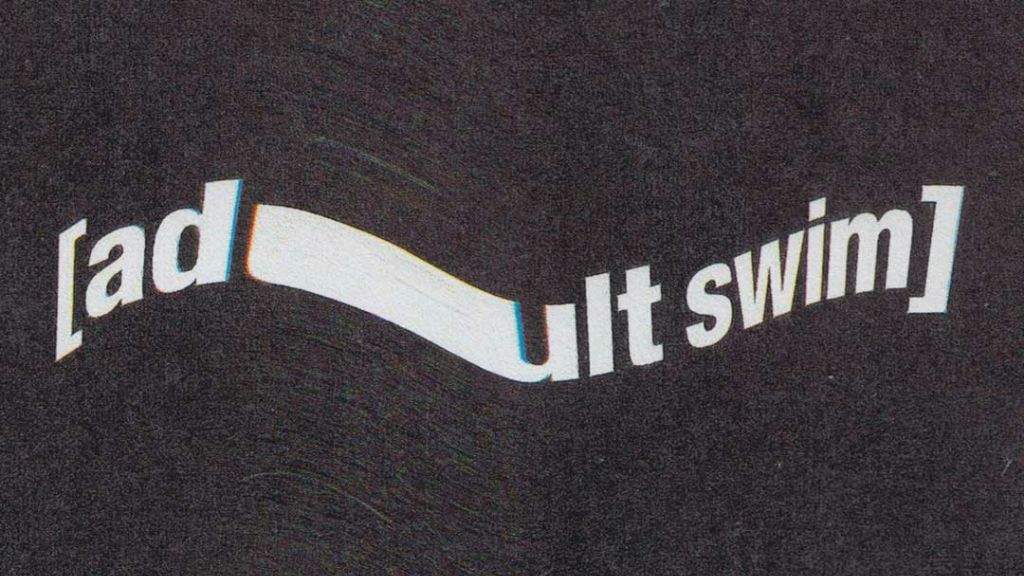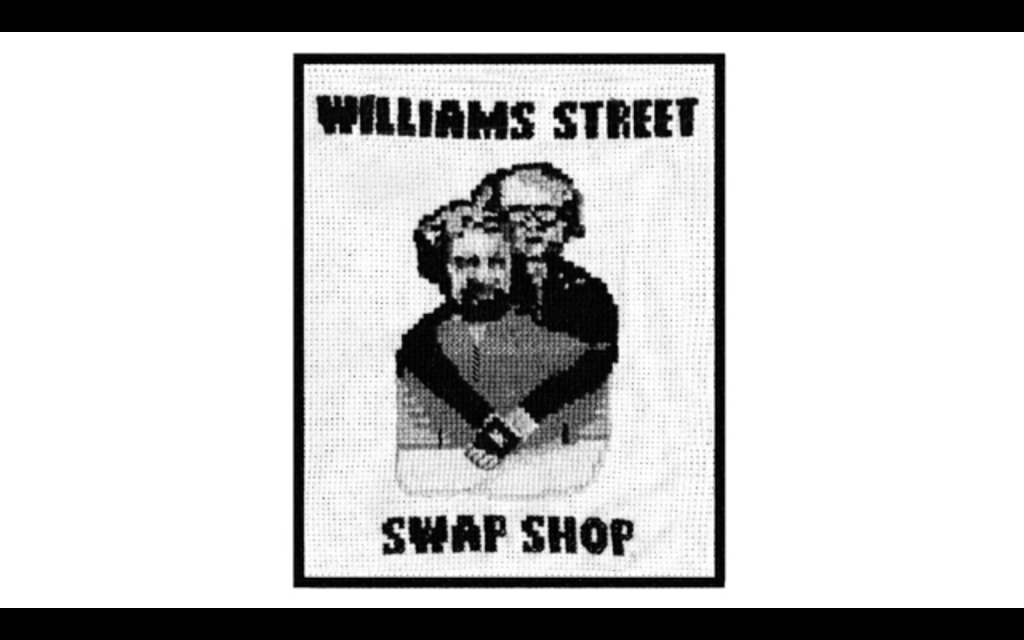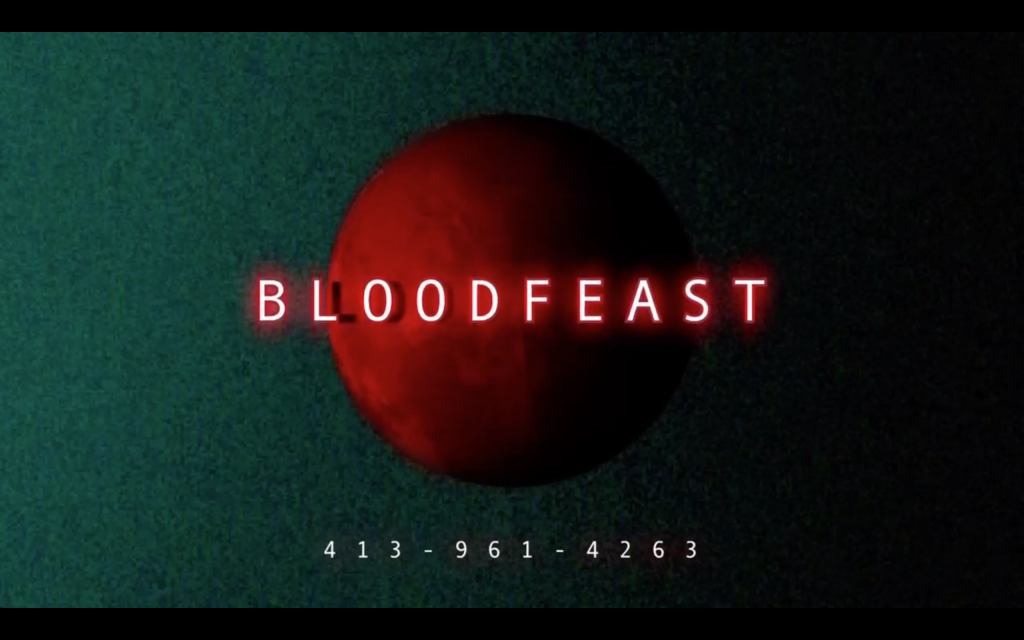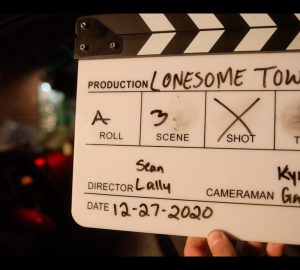‘Williams Street Swap Shop’ and ‘Bloodfeast’ are metaphors for the duality of existence

Over the past several months I have been obsessed with the idea of balance. Everything from riding a bike, to avoiding the temptation to do cocaine, to deciding where you stand on the political spectrum, it all comes down to discipline and balance.
I believe that everyone understands, on some level, that living in extremes is dangerous and not the wisest choice. So, if we understand that balance is key, then we know that positive and negative energy need to feed off of — and into each other — in a way that allows you to exist somewhere in the middle. If you stick too far to one side or the other, you don’t get the benefit of the entire spectrum.
It’s because of this that I enjoy watching the “Williams Street Swap Shop” and “Bloodfeast” on Adult Swim’s website. Preferably back-to-back, starting with “Williams Street Swap Shop” and ending with “Bloodfeast.” The resulting sequence creates a ying-yang effect that speaks to the duality of existence.
Both shows are hour-long interactive live streams that share interesting similarities and are vastly different where it counts. Each program, much like the other shows on the Adult Swim streams, is a softcore cult of personality centered around the charming hosts and their antics.
Part of what is cool about the stars of these streaming shows is that they were prominent behind-the-scenes staff members of terrestrial broadcasts and became public figures as the online programming block expanded.
At this stage, Adult Swim is out in front pushing the frontier of new media forward. They have always been intimately connected with their audience in a way that transcended conventional TV — and now they have the technological means for an even more direct relationship between fans and creators.
I like the idea that veterans of terrestrial broadcasting were given significant creative freedom on an online platform and are now setting a precedent for the kind of content we can expect from the future of media. This makes the similarities and differences inherent to “Bloodfeast” and “Williams Street Swap Shop” even more interesting because of the place that these shows hold in the grand scheme of modern entertainment.

The “Williams Street Swap Shop,” hosted by Matthew Hutchinson and Zachary White, is a show that prizes community and positivity over everything else. It’s like getting a soul massage from Bob Ross’ astral projection out on a lake boat in spring. The blending of a wholesome outdoorsy autonomous sensory meridian response (ASMR) aesthetic with swapping items and spreading positivity makes them stand out among an otherwise vulgar and hostile internet environment. It’s a show that aims to put you at ease despite the hardships of living.
“Bloodfeast,” hosted by David Bonawits and Maxime Simonet, also brings people together through a shared group activity of puzzles. Specifically, the New York Times Crossword, among others. Unlike “Williams Street Swap Shop,” “Bloodfeast” has a community that’s slightly more masochistic.
Watching this show is like being made fun of by a French Howard Stern as he gives birth to a crossword puzzle, while you are hallucinating from a lack of sleep and oxygen.
Bonawits and Simonet thrive on dissonance and chaos punctuated by lulls of abstract visuals and musical guests. Despite the aggression, “Bloodfeast” is anything but typical negativity on the internet. In fact, Bonawits and Simonet provide a service to their audience similar to the serenity of “Williams Street Swap Shop.” They lead the chat and the callers through a cathartic gauntlet that lets you exorcise your personal demons in a safe space grounded by the mental exercise of solving a puzzle.

Watching these shows together creates an experience that reminds me of the good in the world and lets me shout into a void to keep my bottled up negativity from rotting me to the core. “Williams Street Swap Shop” and “Bloodfeast” are not only riding the wave of new media, but they are two sides of the same coin and a beautiful metaphor for the dual nature of living.






















